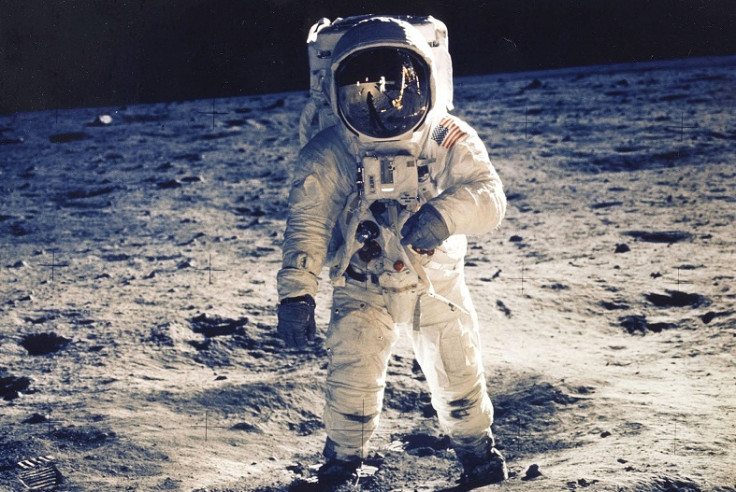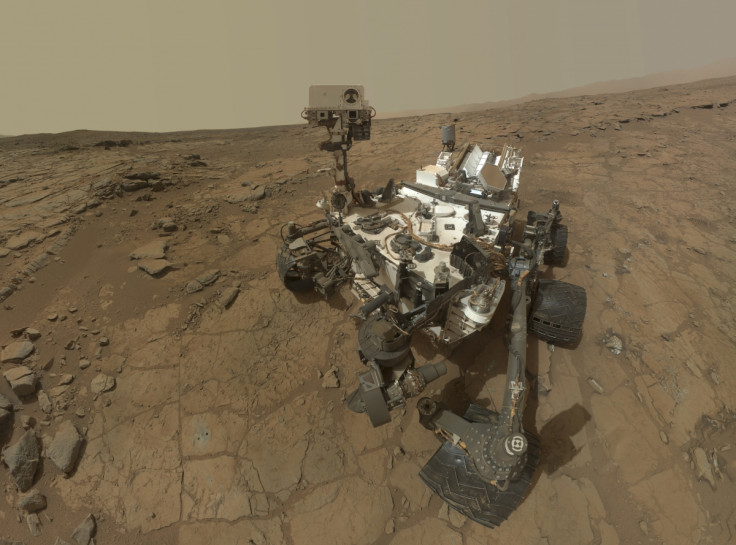Future of human space flight: 'Real money is being spent on America's Space Launch System'

Fifty years after Soviet cosmonaut Yuri Gagarin broke boundaries to become the first human in space, the dream of exploring the Earth's orbit has become a reality. Technological developments in the latter half of the 20<sup>th century allowed for the creation of rockets powerful enough to overcome the force of gravity and reach orbital velocities that opened the doors to manned spaceflight.
Advancements in equipment during the space race between the United States and the Soviet Union in the 20<sup>th century led to a surge forward in manned spaceflight. Mark Hempsell, president of the British Interplanetary Society, says the next stage of space travel is now commercial.
"America is making a large space launcher called the Space Launch System, or SLS, which will eventually do moon jobs, Mars jobs and asteroid jobs, which is quite exciting," he tells IBTimes UK. "They are making a capsule to go on top of it called Orion."
America is making a large space launcher called the Space Launch System, or SLS, which will eventually do moon jobs, Mars jobs and asteroid jobs, which is quite exciting
The SLS project is under development, with a projected cost of $18bn (£12bn) through to 2017. Designed to replace the retired Space Shuttle, the initial "Block 1" version of the SLS will be able to lift a payload of 70 metric tonnes to low Earth orbit (LEO), which will gradually be increased.
Block 2 is the next stage, which will used advanced boosters to give an LEO capability of over 130 metric tonnes – making it the most capable heavy lift vehicle ever built.
Orion is intended to carry four astronauts aloft on 21-day missions to fly higher than the International Space Station, beyond low Earth orbit. This technology will take time, though, Hempsell says. "They are under development and there is real money being spent on the SLS. Things are being made," he reveals.
Space robotics
There is also significant progress being made in terms of robotics. "You could argue that things are progressing quite well in robotic space flight," Hempsell says.
As we continue to venture into Mars territory, the Curiosity Rover's robot arm has allowed scientists get up close and personal with Martian rocks and soil. Like a human arm, it has flexibility through three joints, which allows the robot to work as a human geologist would – dusting away layers to analyse the elemental composition of the ground.
Mars One is the first expedition that hopes to blast off humans to Mars in 2024. From more than 200,000 people who hoped to leave Earth on the one-way trip to the Red Planet, only 100 remain in the running – who face a stringent astronaut selection process. From a scientific perspective it sounds too good to be true, which may be the case, according to Hempsell.
"There has always been someone saying we will get to Mars at some indeterminate long time in the future, but the odds are against it. My own view is that it is a lot more difficult than people realise to get humans to Mars - not impossible, but difficult," he says.

Challenging the human body
Major advancements crucial to the future of space flight also lie in our understanding of the effects of zero gravity on the body. Since Yuri Gagarin's 108-minute orbit of Earth in 1961, one of the biggest breakthroughs in space flight has been the progress in overcoming the challenges endured by humans in space.
"We are learning how the body adapts, as well as little things about making the food better and developing exercise regimes to counteract the effects of zero-G," Hempsell says. "We have also made progress in how to deal with health problems such as osteoporosis."
Osteoporosis is a condition that weakens bones and is a well-known problem for astronauts during extended stays in space. They lose on average more than 1% of bone mass per month spent in space, which has the potential to cause significant and irreversible skeletal damage. Crew members engage in physical exercise for two-and-a-half hours a day and take a drug called bisphosphonate.
We are learning how the body adapts, as well as little things about making the food better and developing exercise regimes to counteract the effects of zero-G
Continuing research into how astronauts cope with their surroundings is ongoing. Medical research on board the ISS is improving knowledge about the effects on long-term space exposure on the body, including muscle atrophy and fluid shift.
As of 2006, data on bone loss suggested astronauts would be at significant risk of fractures and movement problems after the six-month interval required to travel to Mars.
Other physical challenges posed by the microgravity environment includes radiation. Once above the atmosphere, radiation due to the Van Allen belts, solar radiation and cosmic radiation all pose health risks to humans over a long period of time – something we will have to overcome with increasing durations on board the International Space Station.
Stalling progress
Humanity has made several steps forward into manned space flight since Gagarin's flight in 1961. We have walked on the moon, gone on spacewalks, created powerful shuttles and built space stations that astronauts have called home for years at a time. But are we moving as quickly as we think we are?
"I think the major challenges in reality are getting vision and leadership in establishing goals and getting progress. Sadly, it seems to be floundering at the moment," Hempsell says. "There has been no significant progress since the 1960s. The broad picture is that if we look at what we can do now and what we could do then, it is largely the same.
"The creation of the ISS is a step forward in terms of size, but the point is we are inching forward slowly. A good way of thinking about a lack of progress is that the Soyuz spacecraft, the only spacecraft to currently launch to the ISS, was the first the launch Sputnik 1, the first satellite ever."
© Copyright IBTimes 2025. All rights reserved.






















